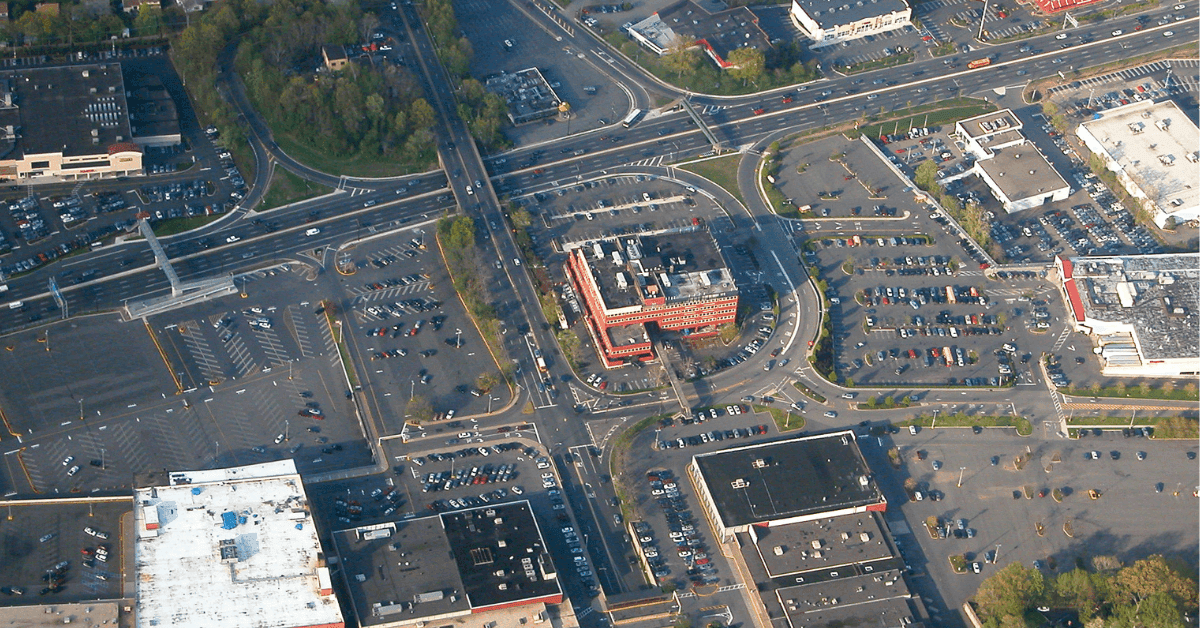
News
By Abigail Araya, September 18, 2024
Everyone pays for free parking, whether they use it or not.

Though parking lots contribute very little to property taxes, they cost a great deal to build. A single surface lot parking space can cost an average of at least $1,500 to $2,000, and that bill is passed on from developers to homeowners, renters, businesses, and consumers.
Many communities in the U.S. have a surplus of parking, meaning a great deal of the parking available sits empty. The amount of time we spend looking for a place to park is often a reflection of how well our community is making use of the parking we already have—not an indication that more parking needs to be built. However, when public perception is that there's never enough parking, any attempt to reduce the amount of parking we build can be met with harsh political backlash. This, plus zoning ordinances established over a century ago, has left our communities in a burdensome cycle where, more often than not, developers are still building more parking than needed and passing the cost on to everyone else.
Chris McCahill, Director of the State Smart Transportation Initiative (a program of Smart Growth America & High Road Strategy Center), put it this way: “A lot of that parking that’s required by a city often goes to waste, and the cost of building it gets passed along to us whether we use the parking or not. We pay for it in the services and products that we buy. We pay for it in rent.”
And the people paying the most are likely the people driving the least.
An excess of parking spaces spreads destinations further apart, making it more difficult to access jobs, healthcare, and other essential destinations without a personal vehicle. Americans drive more per capita than our global (G7) peers, and 2021 research by Transportation for America and Third Way found we’re driving further than ever to accomplish the same daily tasks.
People who cannot afford to own a car or are unable to drive (most often people of color, low-income Americans, and elderly Americans) are more likely to be isolated and have less access to economic opportunity as a result. These same groups suffer when the cost of required parking drives up the cost of housing development, leading to fewer affordable housing options.
Though we’d like to believe all this excess parking improves economic activity, consumer behavior isn’t impacted as much by parking as we might initially assume. Businesses benefit when consumers are coming through the door—that is true. But we saw during the Covid-19 pandemic that curb space has value beyond providing parking, and prioritizing walkability can attract more visitors, not less.
As a country, we’ve grown used to free or cheap parking, not realizing that we’re paying for those spaces in other ways—in the cost of our products and our homes, in the loss of economic opportunity, and in the time we spend at the wheel instead of at our destinations. All this parking influences travel behavior, which costs our environment a great deal too.
Relaxing parking requirements and making better use of existing parking can help reduce these costs on U.S. citizens, saving us all time and money. Learn more by reading the rest of our series, Parking minimums: A barrier to smart growth.
Related News

© 2025 Smart Growth America. All rights reserved
Site By3Lane Marketing












